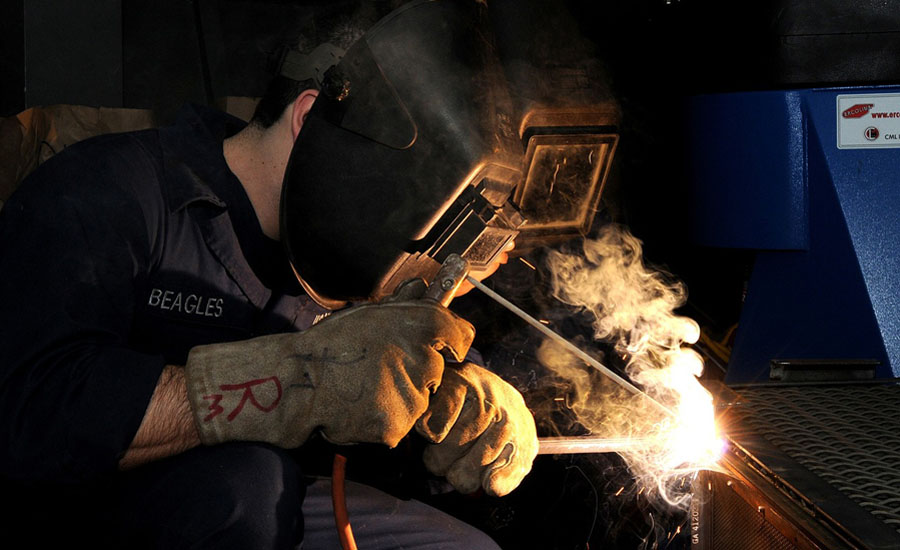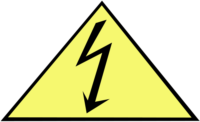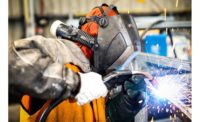What you should know about welding accidents

Welding is a very difficult trade to master. It involves many tools and equipment, and not just anyone can pick up a blow torch and start making the steel beams and car frames of the world—it takes a certain level of skill.
It is also very dangerous if done by someone who has never had the training necessary to master the skill. Even though many welders are highly skilled and trained, there is still the chance of something going wrong.
Statistics show that more than 1 in 250 construction workers will suffer fatal injuries from welding over a working lifetime.
For most workers, welding is an activity that is done as a skill for another type of work. A construction worker may need to have welding training for a certain project, while a plumber also needs to know how to weld for his career. It is imperative that someone who is welding on the job—or even doing it at home—has the right training and equipment. In the chance that something does go wrong on the job, there are legal actions that can be taken.
What are welding accidents?
Welding is the action of joining two pieces of metal together by the use of heat; the heat melts and liquifies the metal (referred to as coalescence) so they can be joined together. In order to melt part of a large piece of metal, you need to apply a large amount of either pressure or heat to it. There are a number of accidents that can happen from welding, the most common being burns. Welding burns are often very serious or fatal because of the high amount of heat and pressure that is used in the process.
While burns are an injury that are seen right away, there are some other common welding injuries that develop over time, often not showing signs until it's too late to correct. Some of these injuries include:
• Exposure to ultraviolet radiation (UV) – Ultraviolet radiation is created by the electric arc in the welding process. UV can cause burns, as well as have damaging effects on one's eyes. Damage to the lens of the eye can lead to "arc-eye," which is an uncomfortable and often untreatable condition in that makes it feel as if there is sand in one's eye.
• Exposure to infrared radiation (IR) - IR is also created by the electric arc from welding and other metalworking equipment. IR can heat the surface of the skin and the tissues just below the skin, causing painful and scarring thermal burns.
• Exposure to intense visible light – When our eyes are exposed to intense visible light, a variety of optical injuries can occur. Retinal damage is a common result of exposure to intense visible light during the welding process.
What can I do to prevent welding accidents?
It’s important that you take all of the recommended safety precautions. This includes wearing eye protection and a full face shield if one is available. Wearing very thick gloves is also a good idea, as is keeping the torch pointed away from you at all times. Also, when you are actually performing the welding, keep the angle such that there are as few errant emissions from the torch as possible. Make sure your employer has all of the safety equipment needed for welding, and check to make sure it is all in working order and up to code or standard. If it is not, report it to your employer as soon as possible, and do not do any welding until the problem is resolved.
Source: www.legalinfo.com
Looking for a reprint of this article?
From high-res PDFs to custom plaques, order your copy today!





